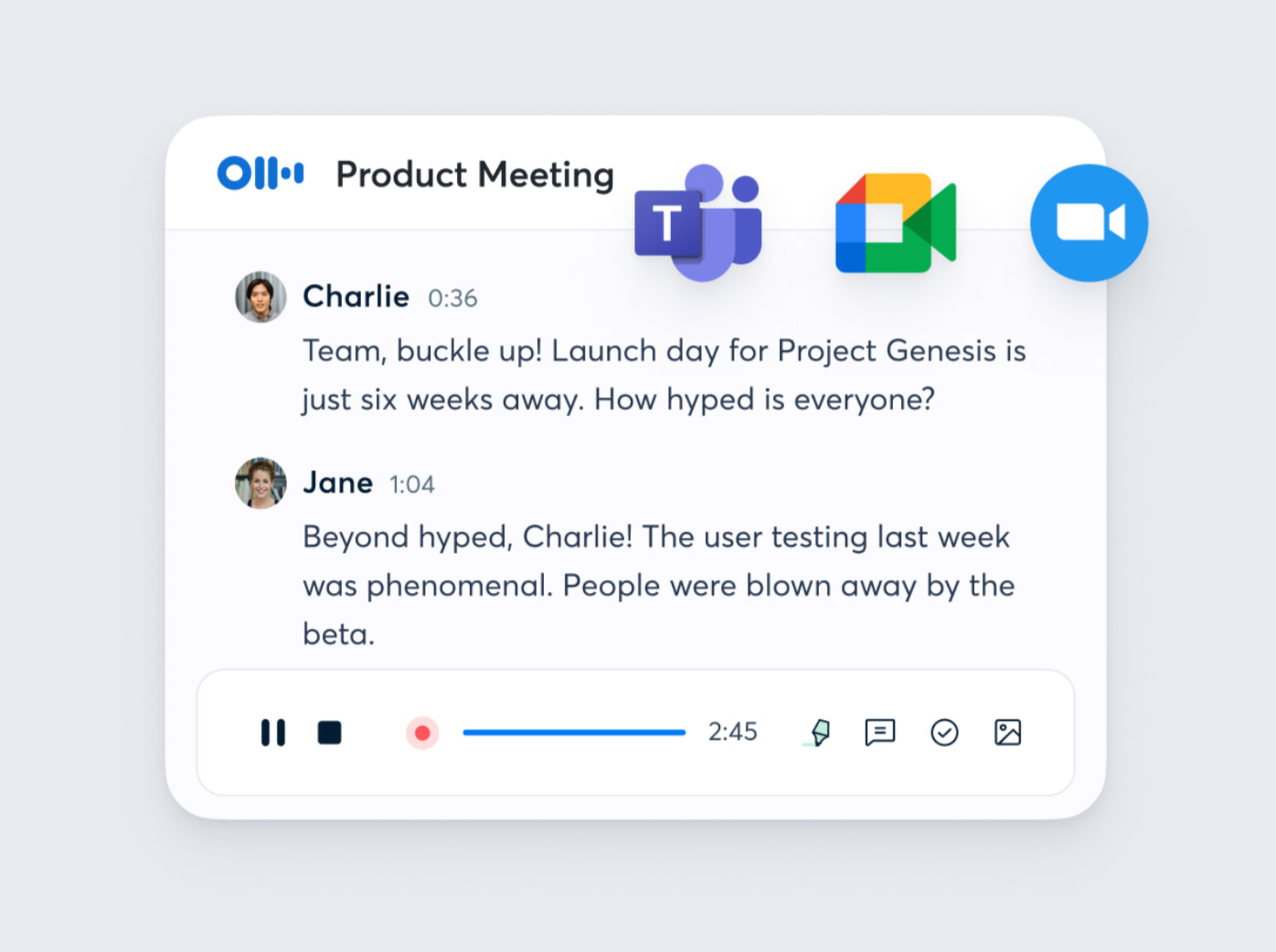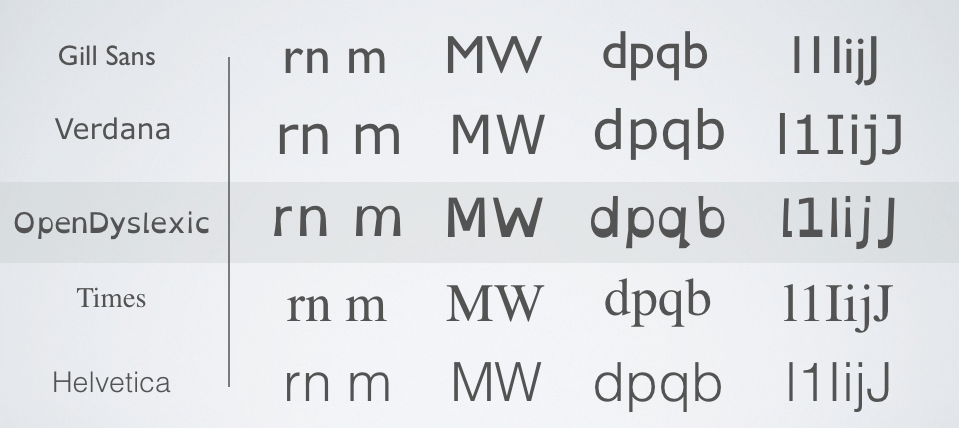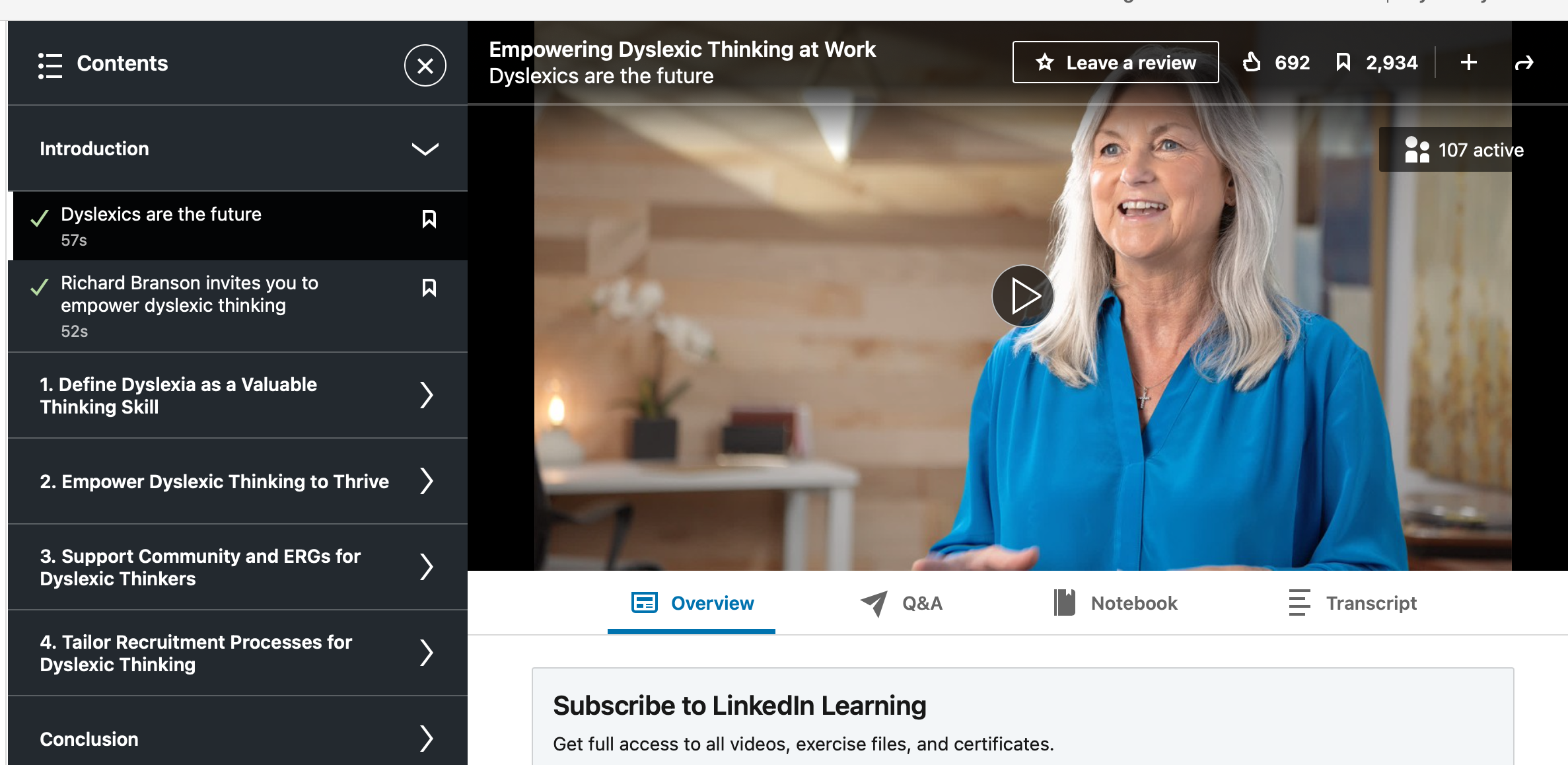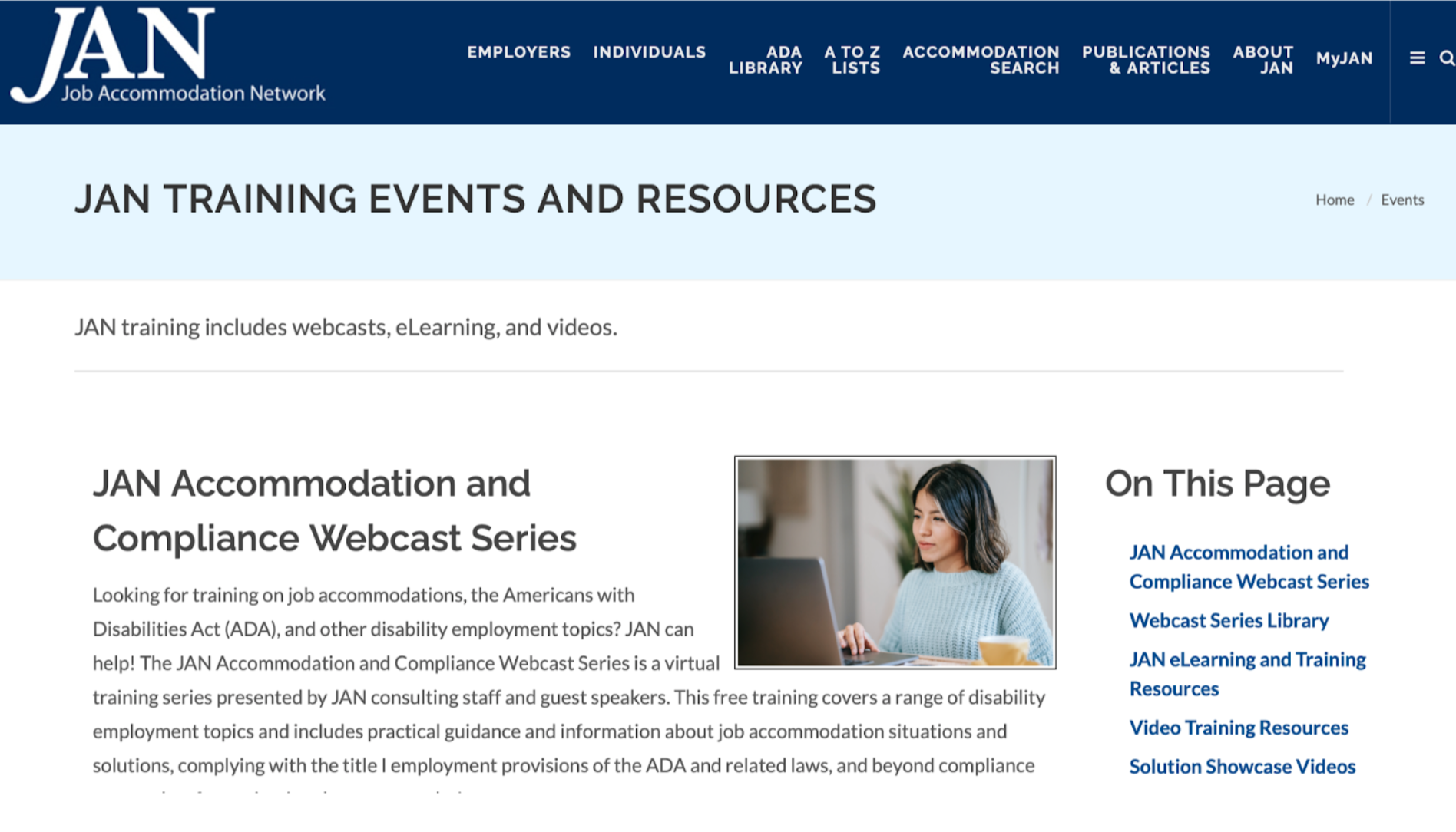Welcome to the guide 10 Ways to Support Dyslexic Employees.
Ōä╣’ĖÅ In case you are not familiar with the term Dyslexia, it is a condition that affects how people process language, making reading, writing, and spelling more difficult.┬Ā
It is vital to remember that dyslexic brains have some pretty impressive superpowers. They have a creative and innovative way of thinking that sets them apart, and which we are looking to highlight with the strategies and tips in this entry.
10 Ways to Support Dyslexic Employees
Did you know that 780 million people in the entire world are dyslexic? The numbers could be bigger because many people are estimated to be undiagnosed.┬Ā
This makes it a high priority to make corporate and work environments Dyslexia-friendly. A shift that will also benefit your organization’s productivity. Why?┬Ā
Dyslexics are uniquely creative and wildly innovative.
However, when workplaces go on without minding this uniqueness, simple tasks like reading reports or taking notes become complex puzzles. So, let us get started with tips and changes to support dyslexic employees or team members.
#1 Provide assistive technology to your dyslexic employees
We live in the future, and AI is not only science fiction. Why not take advantage of it? Why are we still making brilliant dyslexic minds struggle through analog busy work?
As an employer or team leader, providing text-to-speech software, dictation tools, and customizable e-readers is a game-changer. A small investment makes conquering reading, writing, and organization a total breeze.┬Ā

ŌÜĀ’ĖÅ A text-to-speech software will read text out loud and facilitate reading and comprehension. Find here 10 AI tools for Dyslexia at work and the best text-to-speech tools here.
#2 Be patient and create a friendly environment
Dyslexic employees have likely spent years in environments that drained them rather than empowered their glow. A little patience and creating a warm, supportive vibe goes a long way.┬Ā
Mistakes happenŌÄ»that is how humans learn and grow.┬Ā
The goal is to create a space of trust where innovation and risks can happen without fear.
Read, for instance, what this Redditor mentions:┬Ā
ŌĆ£My advice would be patience. We learn slower, and what can help us is a deeper understanding of what is happening and what we are doing. I know that this contradicts itself, but I found out that remembering steps is not as useful as understanding. That way, you minimize mistakes. Also, do not punish us for our mistakes. The whole school system punished us enough for being who we are. My next point would be to create a friendly environment where you lower the need for being self-conscious and nervous because those two things eat brain power, and dyslexics need every bit of it while we learn.” Read the original entry here.

#3 Aim for color-coding systems and visual aids
Help a creative mind by getting creative! Use color-coding systems, flow charts, diagrams, and mind maps as alternative notetaking and organization methods.┬Ā
You know that old saying about a picture being worth a thousand words?
For dyslexic, visual-spatial learners, that is worth a million dollars. Those visual roadmaps unlock new creative pathways in the dyslexic brain.┬Ā
For example, you can try tools like Miro to write down notes and brainstorming sessions graphically.┬Ā

#4 Use Dyslexia-friendly fonts at work
Goodbye, Serif vs. Sans-serif font debate!┬Ā
For dyslexic readers, fonts like Comic Sans, Dyslexie, and OpenDyslexic can make a huuuuge difference to assist the visually process and comprehend text. For instance, OpenDyslexic is a typeface designed against some common symptoms of Dyslexia, and it is FREE to use.┬Ā
Take what a dyslexic member mentioned online:
ŌĆ£The reading part might be reduced by changing the font. So, instead of Times New Roman, take one of the fonts that prove to be an easier read, like Comic Sans or Lexend. You could do this for papers purely for dyslexic workers, and switch it back later when it is for public use. Something I try to do myself.ŌĆØ
Other tips include:
- Larger font sizes┬Ā
- Spacing between sections
- Clear subheadings
Just these smaller changes can assist your dyslexic team members big time!

#5 Allow deadline flexibility or break it down into milestones
The rigid deadline structure we have inherited is kryptonite for dyslexic brilliance. Processing written info takes extra time and energy that outdated policies just do not account for.
Rather than forcing squares into round holes, go flexible.
Offer extensions on larger projects. Or better yet, break that epic novel of a task down into shorter chapters with milestones to celebrate progress along the way.
This is what a dyslexic Redditor adds:┬Ā
ŌĆ£I would suggest offering additional time, a quiet place to work, or noise-canceling headphones when there is the need to focus on reading documents, charts, and emails. For me, reading is an auditory process that can be easily interrupted by people talking. When possible, larger text can help me distinguish words, while smaller text blurs together and requires a lot more attention.ŌĆØ
See? Little adjustments like quiet work zones, noise-canceling headphones, and nice big text size can also create reading flows where your dyslexic staff truly thrives.

#6 Mind them at meetings and presentations
You know that feeling of going into a meeting relaxed and composed, then instantly overwhelmed by lots of new info?┬Ā
It is exhausting for anyoneŌĆönow, triple that struggle for dyslexic colleagues.
Make their lives drastically easier by providing any materials or visual aids beforehand. Even just a high-level agenda allows them to process and prepare. During the meeting itself, remember patience is the key. If they need to pause, let them gather their thoughts before responding.
These considerations create a welcoming space for dyslexic voices rather than inadvertently shutting them out of essential conversations.┬Ā
#7 Ask them for what they need┬Ā
Dyslexia is a sea of experiences and not a one-size-fits-all.┬Ā
What does this mean?┬Ā
Each dyslexic employee may need different accommodations according to their own needs. For instance, one may feel extremely comfortable under a mentorship program, whilst another may prefer.┬Ā
It is best advisable to reach out to them in an open and trusting manner:┬Ā
ŌĆ£The best thing you can do is ask. Everyone with Dyslexia is different, and everyone needs different adjustments. For example, I read on a colored background, so I tinted my computer screen. However, my friends who have dyslexia read on a normal background just fine and need other specific adjustments.ŌĆØ Read the original post here.┬Ā

#8 Provide training for your teams┬Ā
Change does not happen in a vacuum. Creating an authentically inclusive workplace means adding in the whole team.
Provide training sessions to educate your staff about Dyslexia. Remove myths and share best practices to go a long way.┬Ā
An opportunity to celebrate neurodiversity.┬Ā
With some professional development around dyslexic learning styles, processing differences, and supporting strategies, coworkers can turn into cheerleaders and champions.┬Ā
There are some free resources with which you can get started. For instance, ŌĆ£Empowering Dyslexic Thinking at WorkŌĆØ, a LinkedIn training.

#9 Focus on performance and results
A Redditor shares:
“Just judge your dyslexic team member on his performance. Dyslexics process symbolic encoding differently than people who lock into the directionality of written language more easily, through a portion of the brain that is more or less dedicated to it. One particular idiosyncrasy of Dyslexia is that you are better able to recognize patterns and symbols in any configuration and produce them in the same way. Do not know to what extent this employee’s responsibilities would be related to recognition, creation, and orientation of the screen prints, but arbitrary coordination such as this can be a strength.”
At the end of the day, judging employees solely on performance and deliverables allows a dyslexic or any mind to justŌĆ” be.┬Ā
In the end, if the result is brilliant and the work is exceptional, does it really matter how they got there?
Dyslexic pattern minds are uniquely gifted at synthesizing information in unconventional ways to create something innovative.
#10 Contact JAN, Job Accommodations Network
When it comes to creating an accessible, Dyslexia-friendly workplace, you do not have to go it alone. For instance, the Job Accommodation Network (JAN) is an amazing free resource to tap into.
Their experts can provide personalized guidance on everything from optimizing reading aids and accommodations to implementing ergonomic adjustments for neurodivergent staff. Ensure you are covering all the bases and not missing any creative opportunities to facilitate success.
Creating a workplace that celebrates different learning styles is a repetitive process.
The most important step? Listen to your dyslexic staff! Open those lines of communication to understand their specific needs, challenges, and strengths.┬Ā

┬Ā
It is time to rethink the very notion of the workplace itself.
Points of Action
- Invest in assistive technologies like text-to-speech software and speech-to-text dictation tools. Most have free trials for your team to test before payment.
- Encourage visual aids like color coding, diagrams, flowcharts, and mind maps for better comprehension and organization.
- Implement Dyslexia-friendly fonts like OpenDyslexic, Comic Sans, or the Dyslexie font.
- Offer deadline flexibility, provide quiet workspaces, use larger text sizes, and break big projects into milestones.
- Communicate with dyslexic employees to understand their specific needs and preferred accommodations.
Key Takeaways
- As an employer, you can cultivate an environment that sparks inspiration rather than insecurity for your dyslexic employees.
- Start by focusing on easy strategies to provide accommodations through assistive technologies, visual thinking methods, deadline flexibility, team education, and evaluating performance over rigid processes.
- Creating a truly inclusive corporate culture that celebrates neurodiversity.
Sources:
Empowering Dyslexic thinking at work
21 Dyslexia Statistics & Facts
Disclaimer: This is not medical advice. Please consult with a licensed professional when in doubt. Lexicminds is not liable for actions taken from this page.
Note: Comments might be edited for clarity or phrasing, and all added as anonymous to protect the privacy of the original posters in online forums.┬Ā







